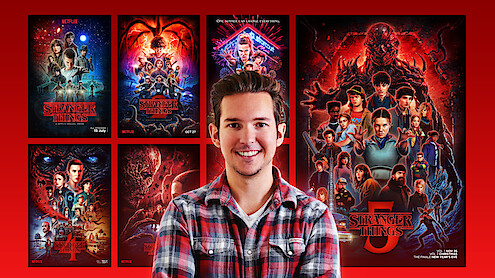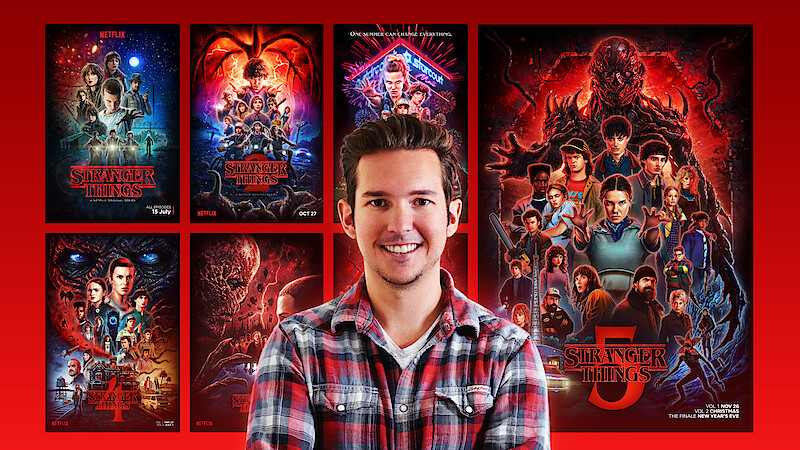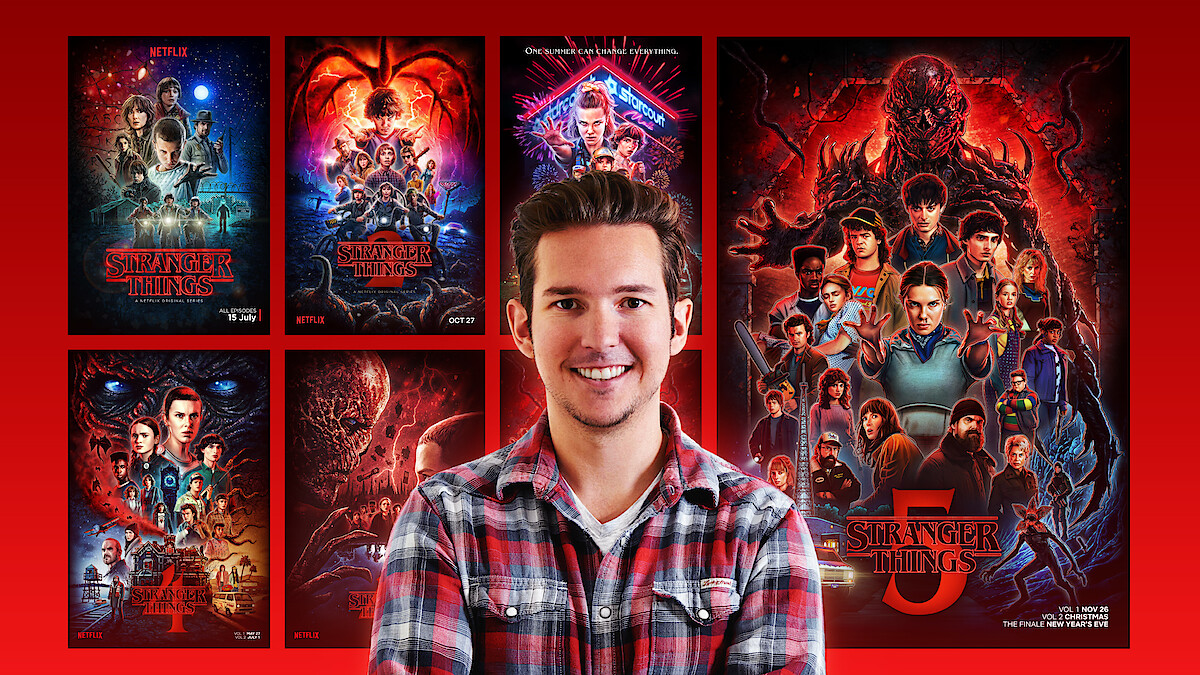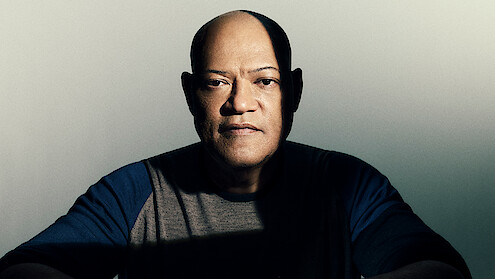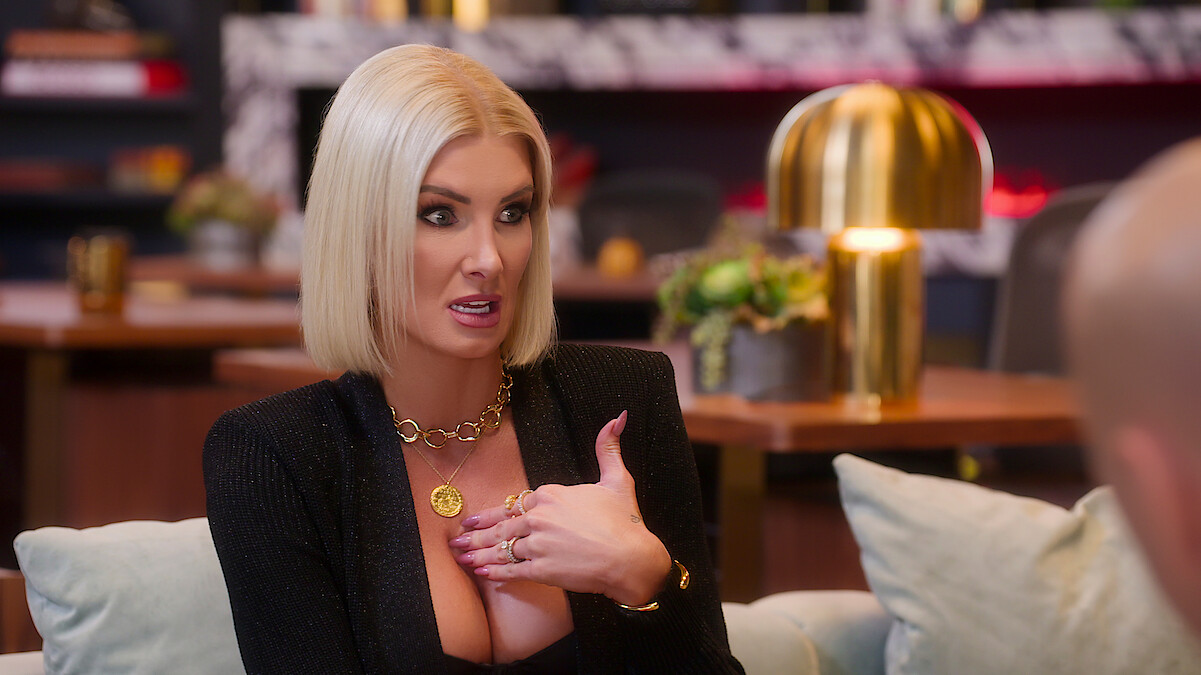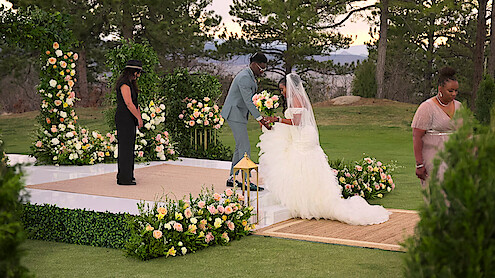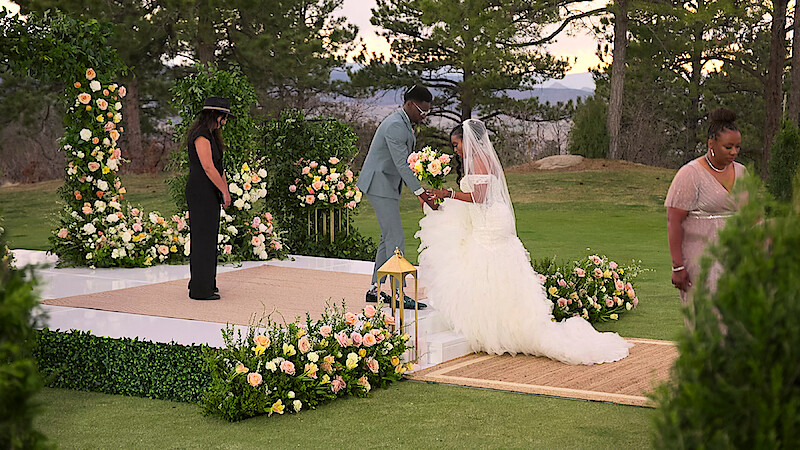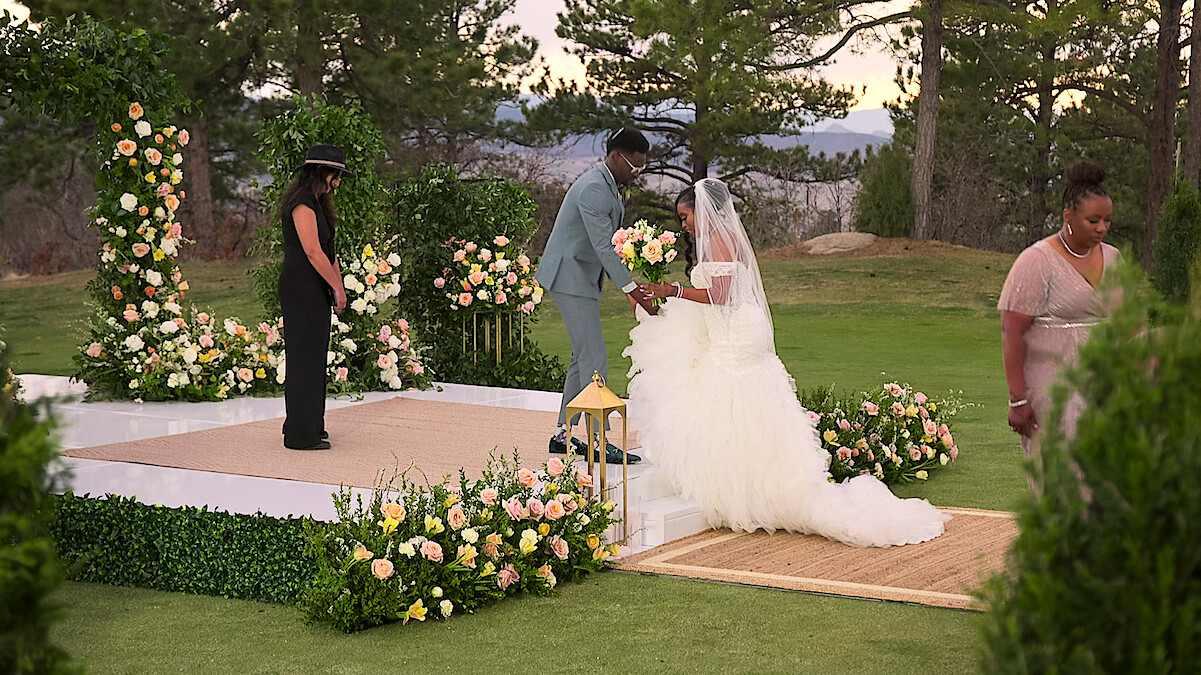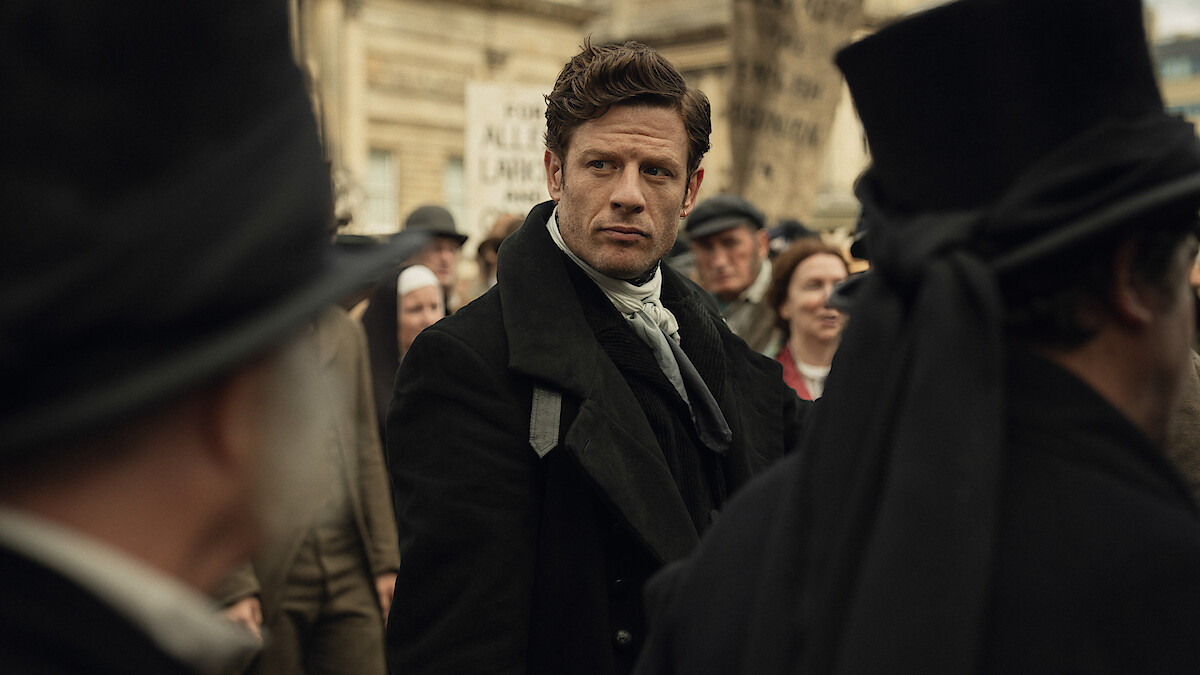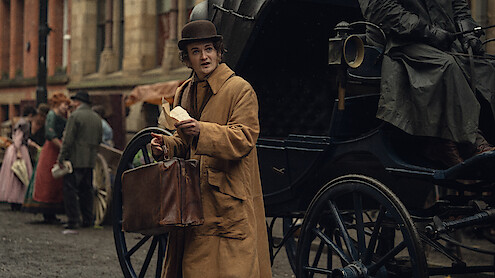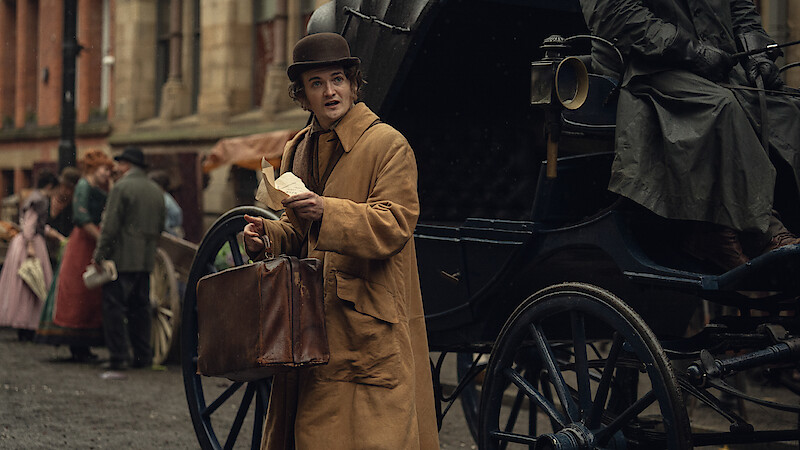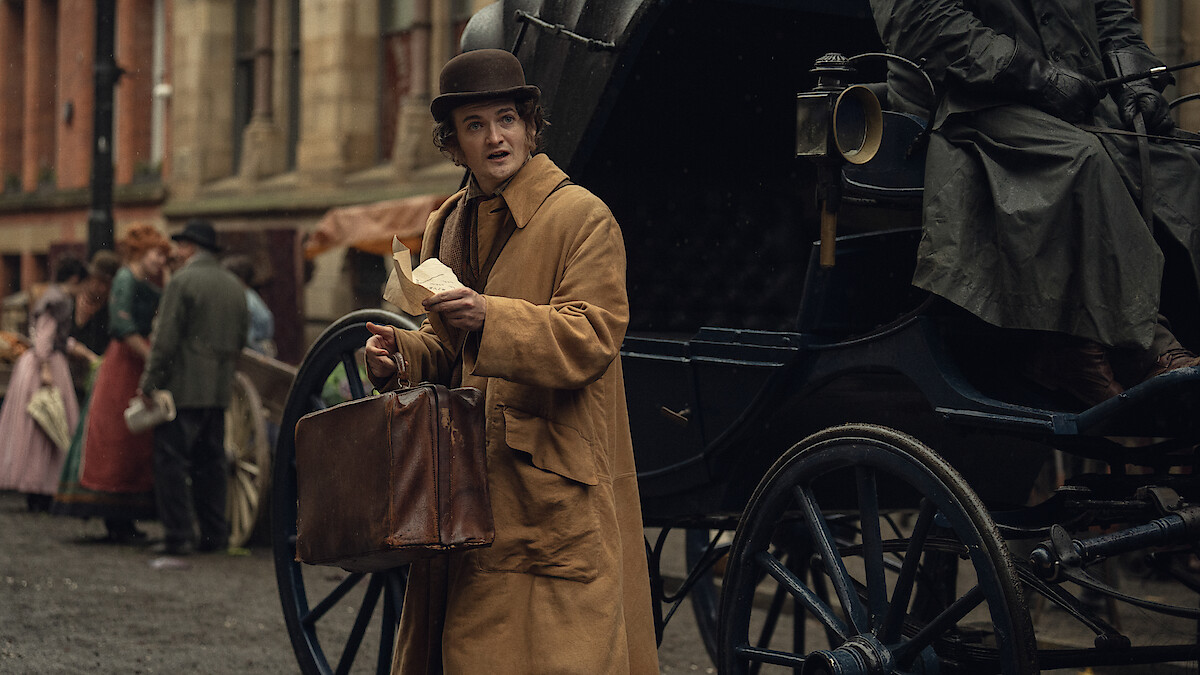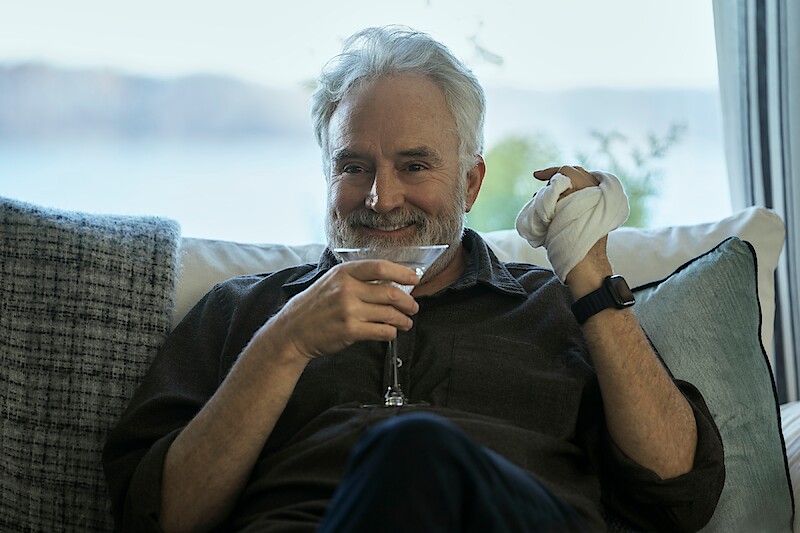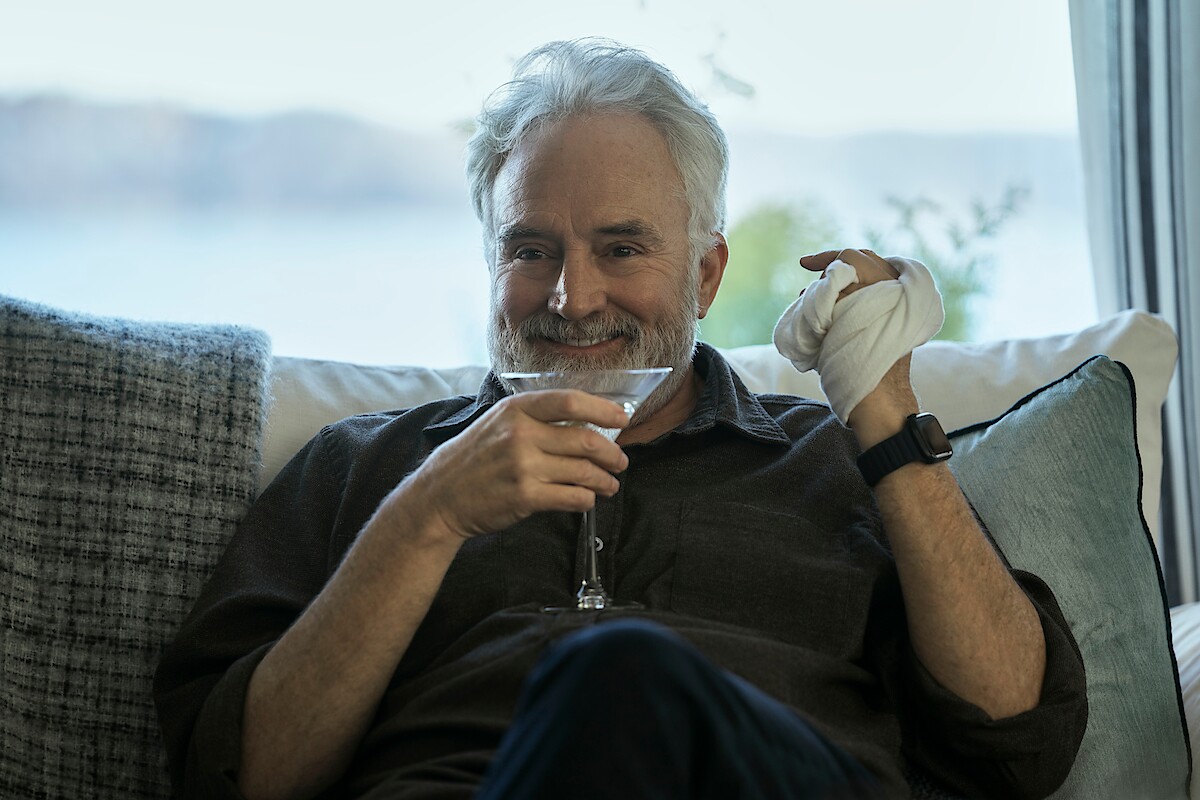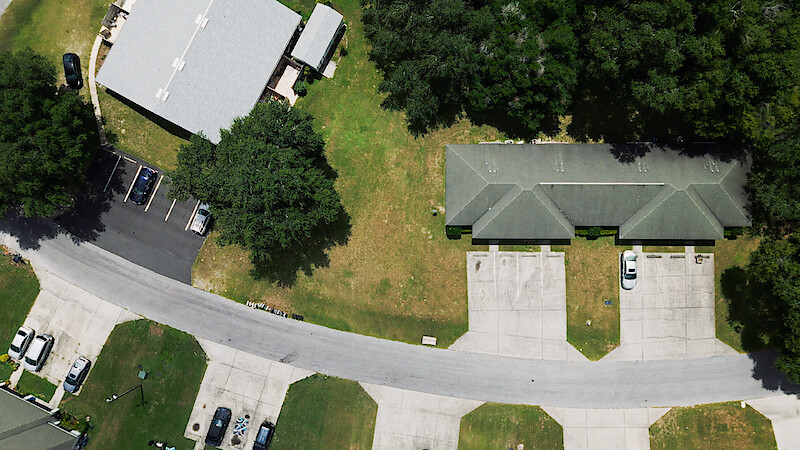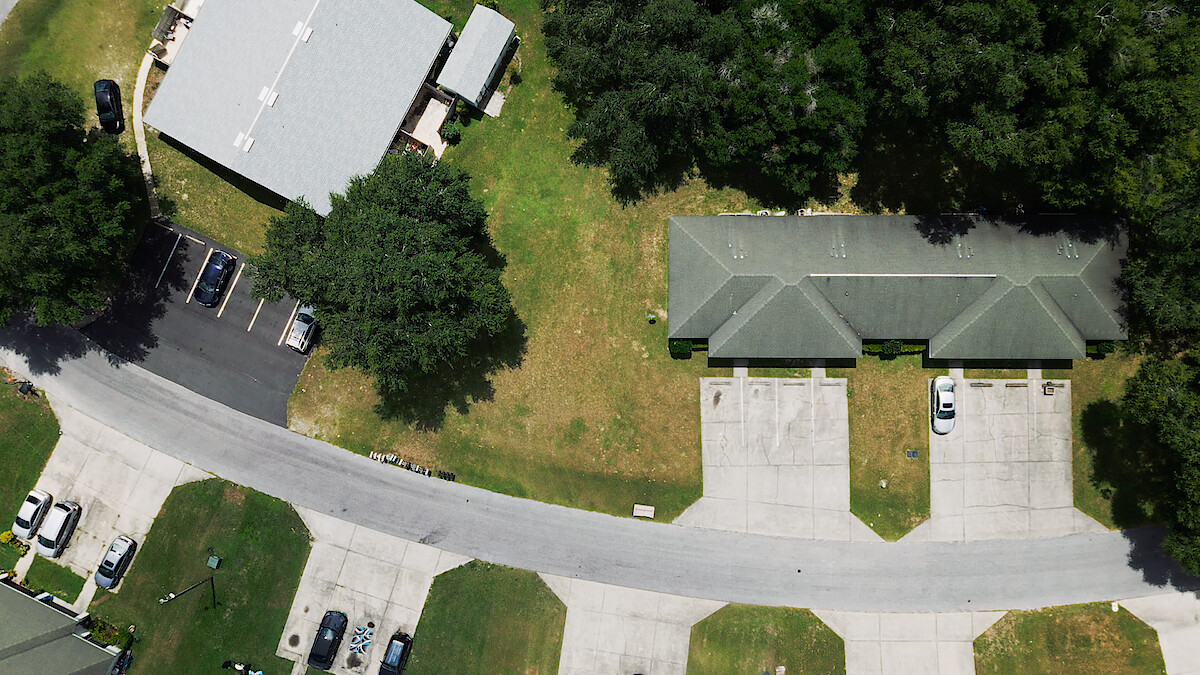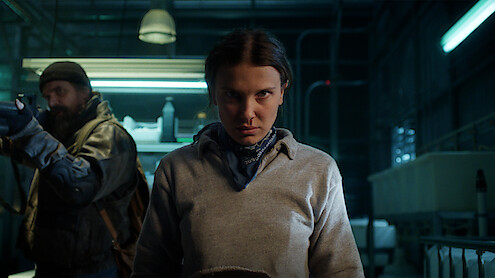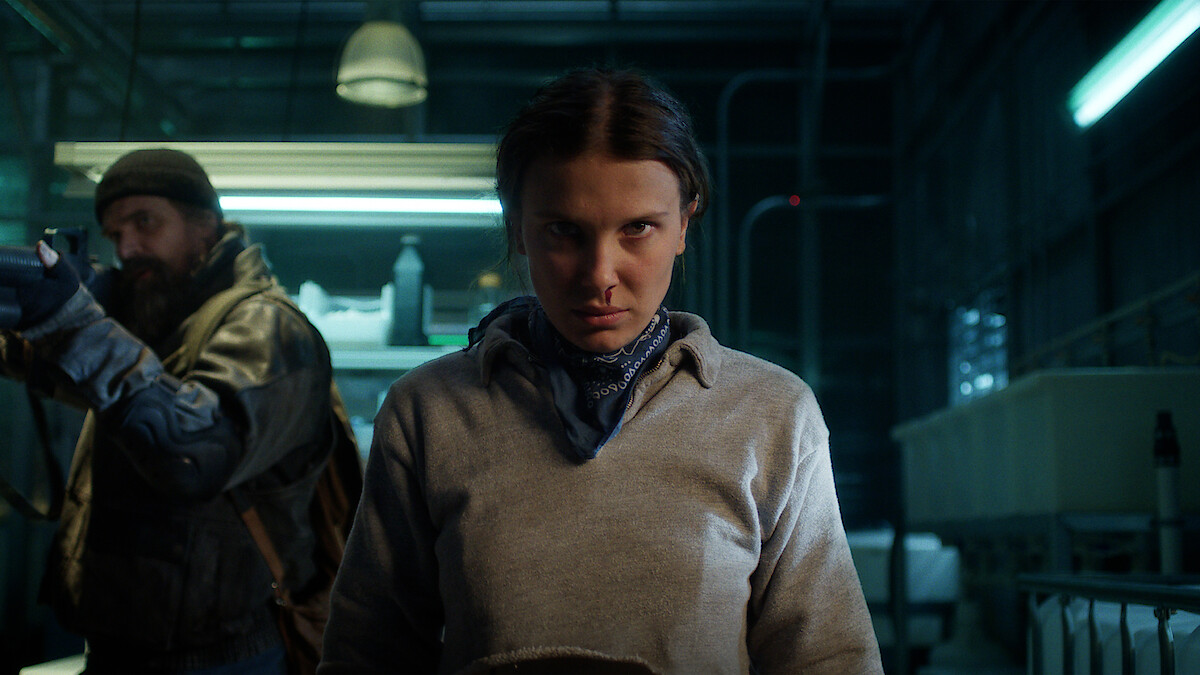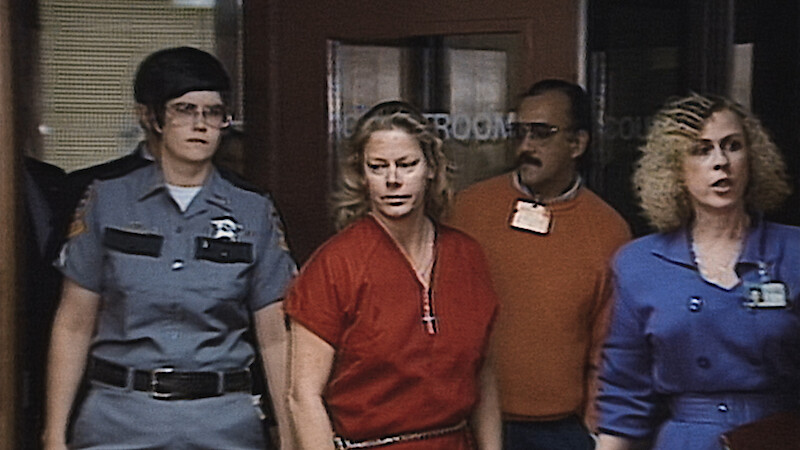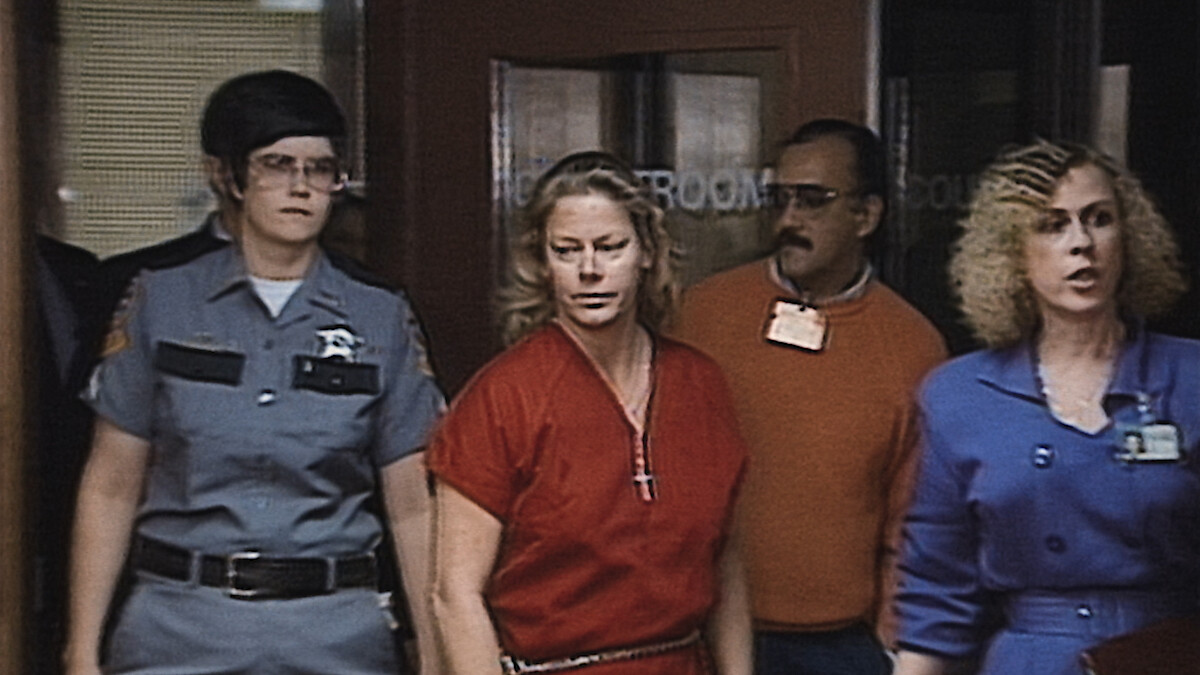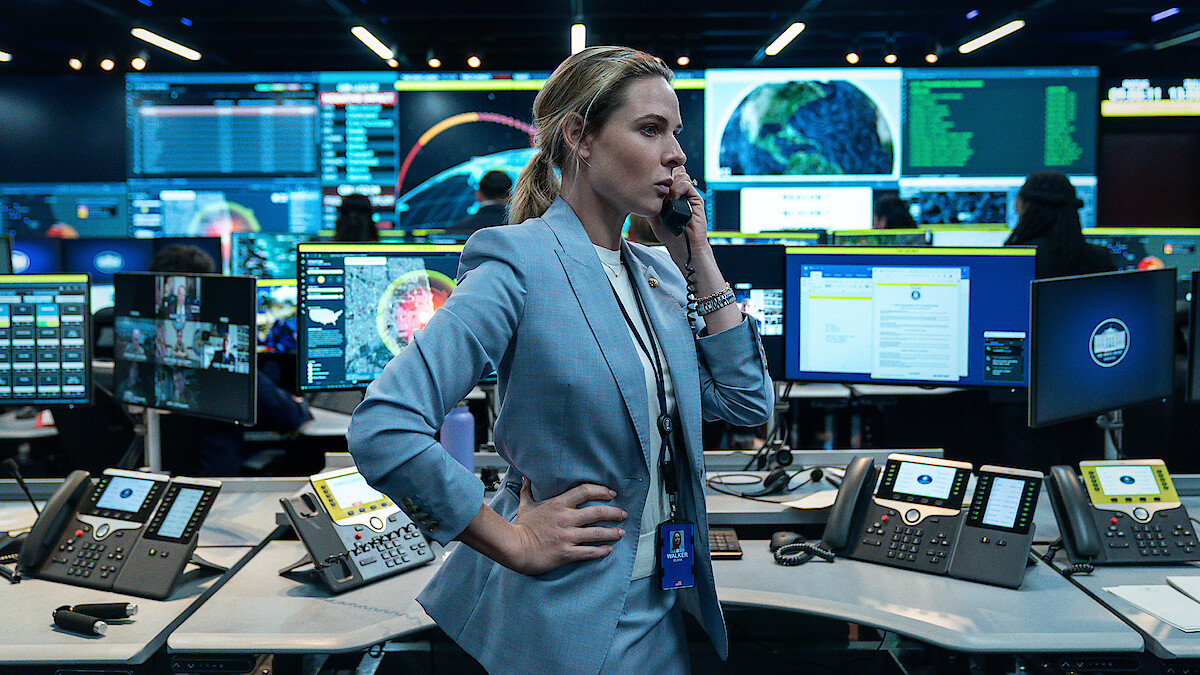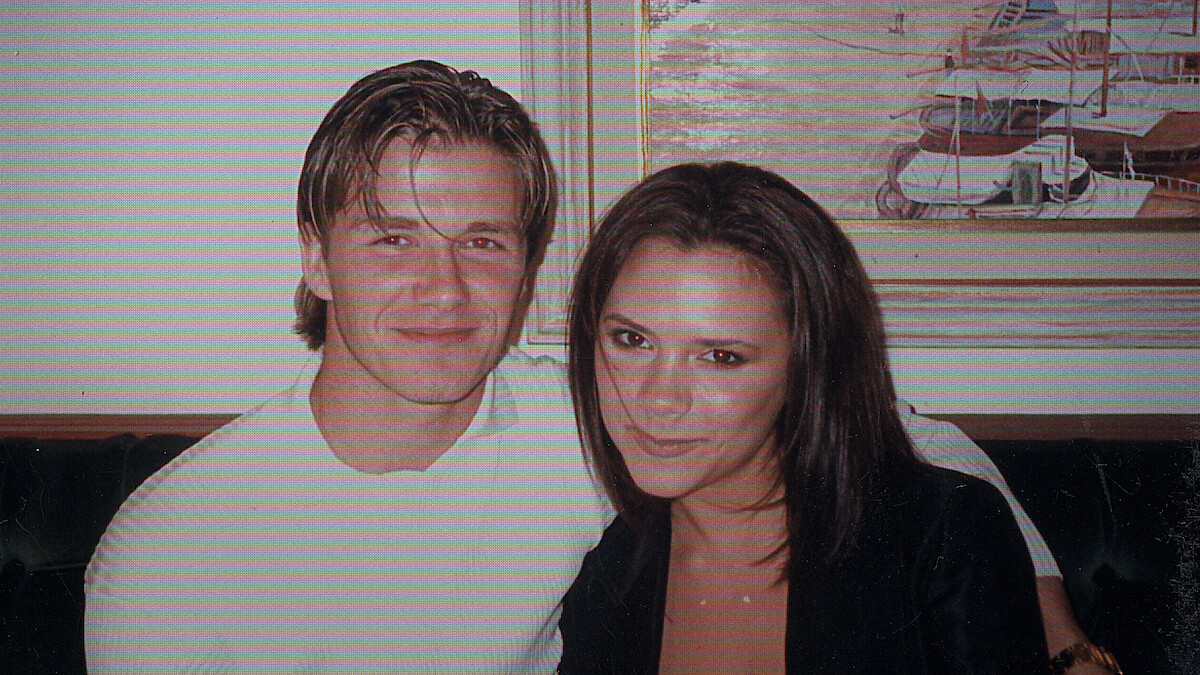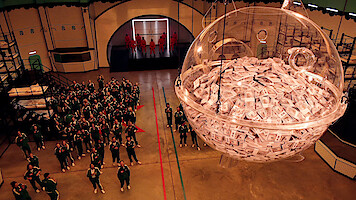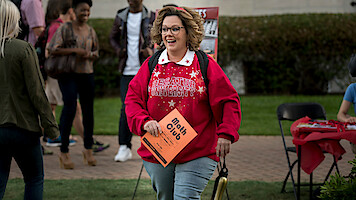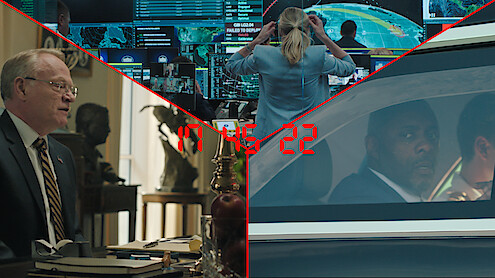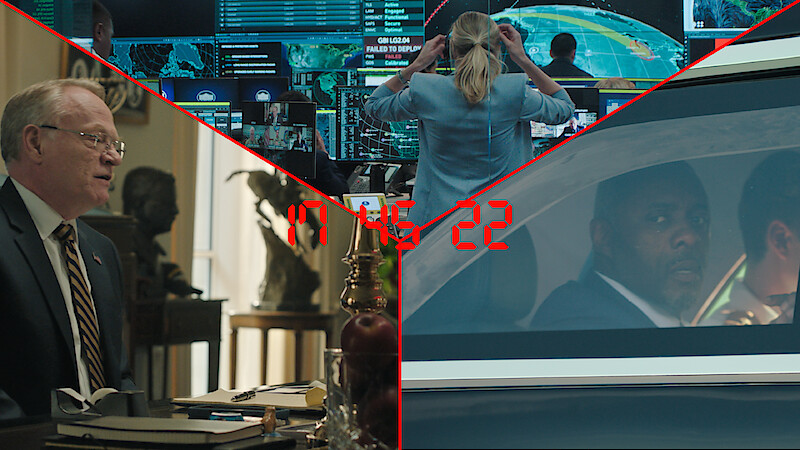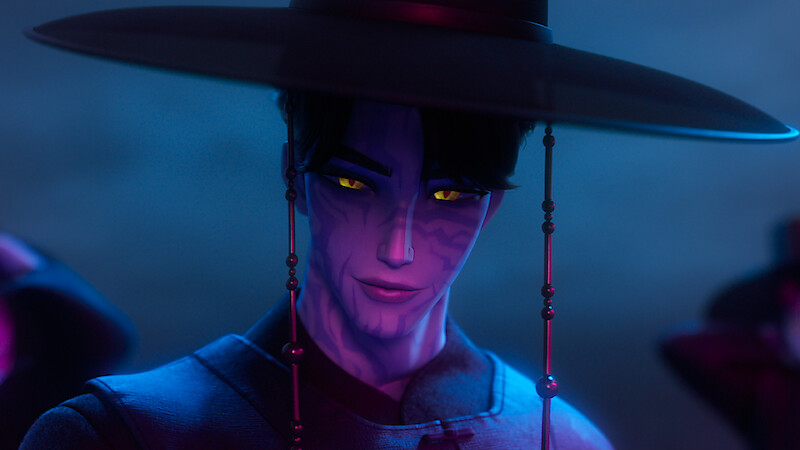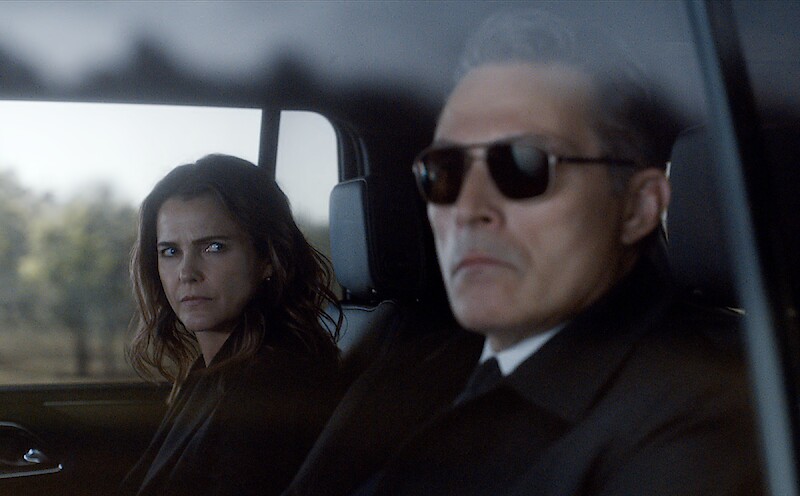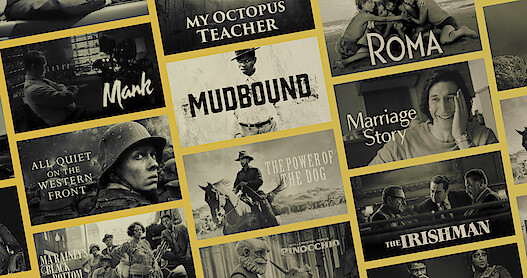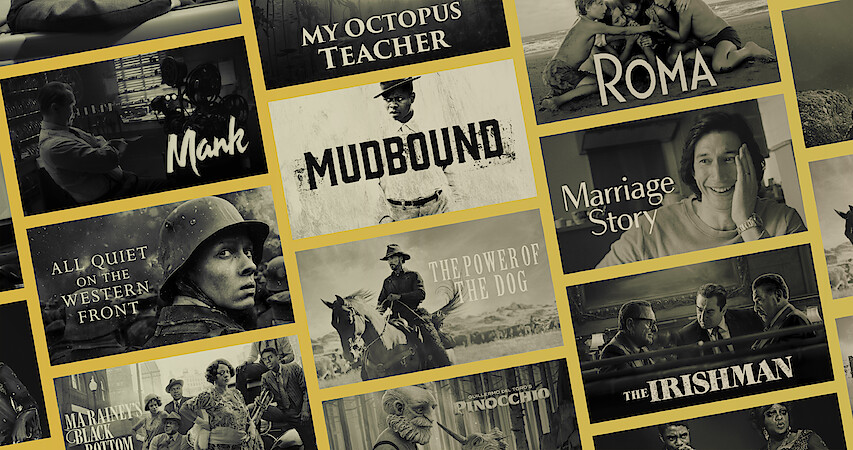
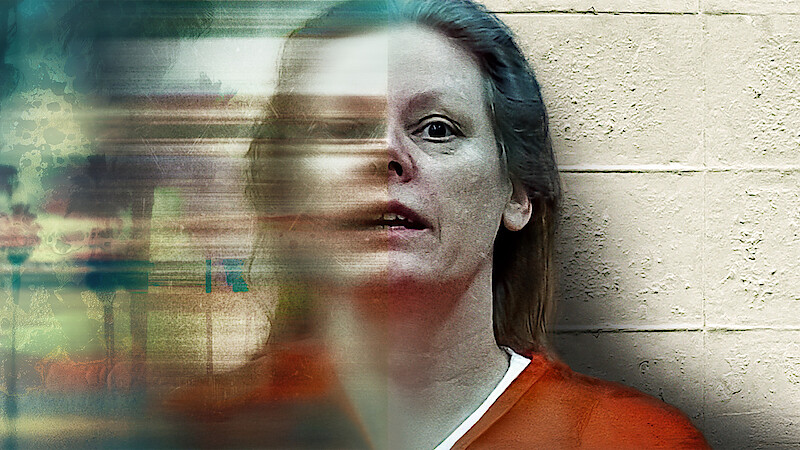
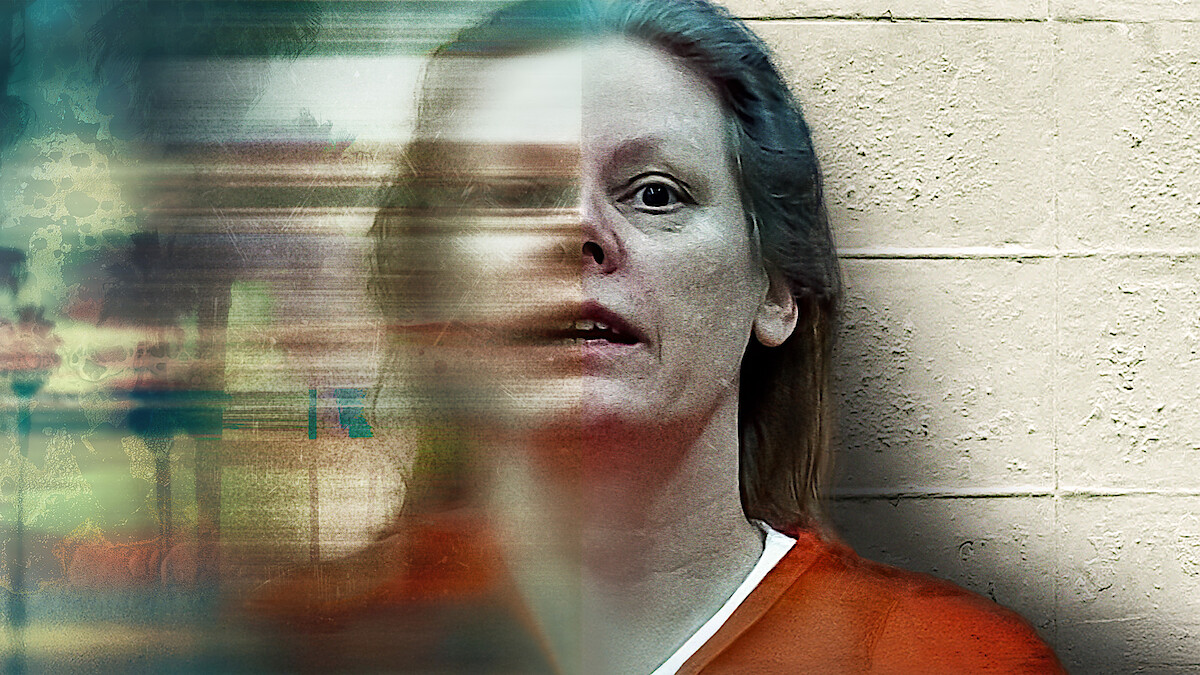



In the years since Aileen Wuornos’s 2002 execution after the murders of seven men in Florida between 1989 and 1990, her story has been debated, retold, and mythologized — inspiring an Oscar-winning performance by Charlize Theron in 2003’s Monster and several true crime treatments.
Director Emily Turner’s new documentary, Aileen: Queen of the Serial Killers, now streaming on Netflix, returns to the case in 2025 — not to relitigate a verdict, but to better understand who Wuornos was and why her story continues to resist simple answers.
“She is so confusing and so complex, which runs so in the face of how we like women to be,” Turner tells Tudum. “And something that felt really important to me was that we weren’t here to make an apology piece about what she’d done. I hope that people come to really different conclusions.”
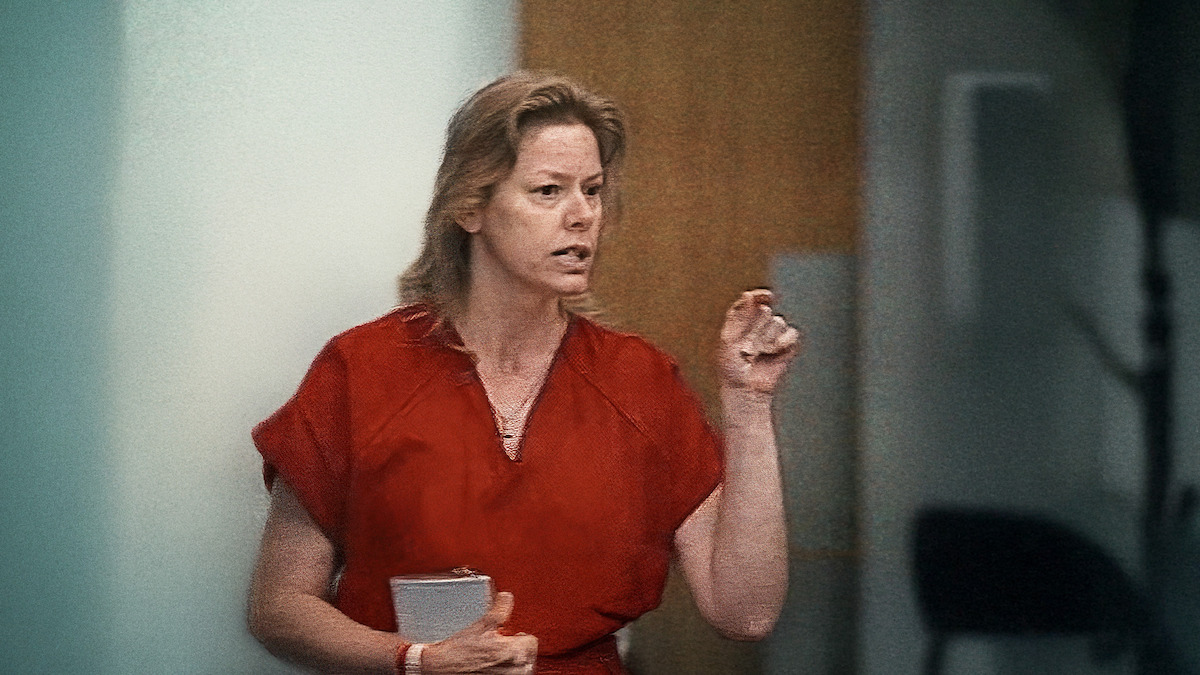
The film features new audio conversations with key figures in Wuornos’s case, along with archival footage of Dateline correspondent Michele Gillen’s reporting, court scenes, and police tapes. It also reveals never‑before‑seen conversations between Wuornos — while she was on death row — and filmmaker Jasmine Hirst. Turner’s choice to forgo on-camera interviews served two aims. First, it allowed viewers to experience events with immediacy by letting archival footage play without cutting to commentators. Plus, she felt she could invite more candid, revealing reflections from participants.
“I was just so astounded by how much people tell you when you haven’t got a camera,” Turner says. “We just wanted those voices to feel as unmediated as possible.”
The result is a deliberate inversion of the usual true crime grammar. Instead of blow-by-blow breakdowns and talking-head cutaways that retrofit meaning onto events, viewers are dropped directly into the investigation to parse raw footage, witness unguarded reactions, and meet contradictions in real time.
“[We] wanted it to feel like you were watching the rushes of the story unfolding with the people who were on the inside,” Turner explains. “So when you’re seeing that police officer, he’s actually watching the stuff that you are watching, and those are his reactions [to things] he hasn’t seen in 30 years.”

By presenting unmediated moments in the case as they surfaced, Turner aimed to move past the simple “killer or victim” frame often put on Wuornos’s story. Instead, she hewed closely to the key moments that shaped, and ultimately warped, the course of Wuornos’s life. “It’s so much easier to write off someone who’s done such heinous acts as a cold-blooded murderer [rather than] a deeply damaged human,” Turner says. “Actually, she was made, and that’s chilling.”
Born in 1956 in Michigan, Wuornos never met her father and was abandoned at 4 years old by her mother. She was raised by her grandparents and reported physical and sexual abuse at home. At 14, she became pregnant after being raped, giving birth to a boy she was forced to give up for adoption. She eventually dropped out of school and her grandfather kicked her out of the house, forcing her to live in the nearby woods. She hitchhiked to Florida, surviving by engaging in sex work and committing minor offenses. Through archival footage and interviews, the documentary suggests the precarious path from these foundational, traumatic experiences led to the crimes for which she became infamous.
Echoes of that history of extensive harm reverberate in the courtroom, when the documentary revisits Wuornos’s claim of self‑defense. The film presents her testimony about a brutal sexual assault by her first victim, Richard Mallory — without cutting away for commentary. It also reveals that records of Mallory’s prior attempted‑rape conviction and years of treatment at a facility for sexual offenders were not introduced as evidence. Viewers are left to weigh Wuornos’s account alongside those details and consider whether it changes their assessment of her case. She was convicted for Mallory’s murder and given a death sentence. It was to be her only trial; she later pleaded no contest to five more killings (she was not charged for the seventh).
Whether Wuornos deserves sympathy for the way she was victimized, Turner is quick to note that dissonance is the point. “I think my hope is that two people watch this and come to quite different views,” she says. “I kind of want people to feel confused.”
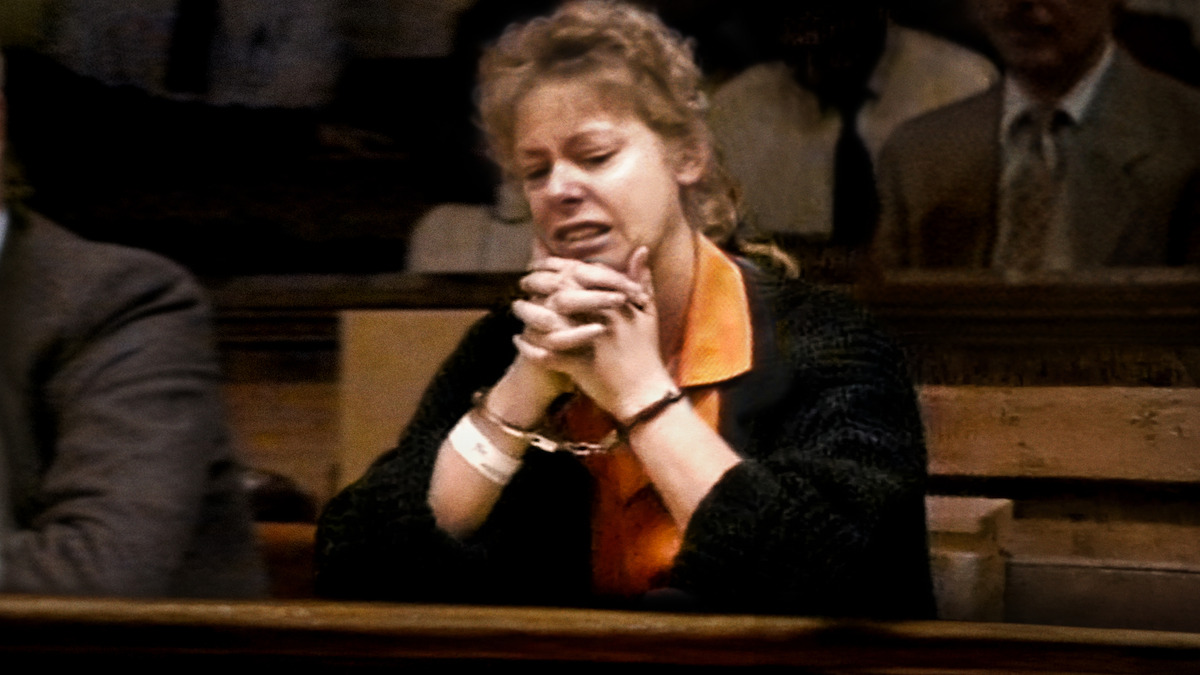
A rare woman in a criminal category overwhelmingly occupied by men, Wuornos faced especially lurid scrutiny from the media and the legal system. As they made the film, Turner and her team found themselves pushing against those same reflexes. “We were a pretty small and an almost all-female team, so we really challenged each other. We talked about her every day, and we’d each find ourselves at different points,” she says. “That was my ambition — to take people on the journey that we’d been on with her.”
In the film’s archival record and audio interviews, bias surfaces in plain view: Reporters frame and sensationalize Wuornos as a sex worker (“She’s been called the hooker from hell,” one news report says in the film). Rhetoric from lead prosecutor John Tanner, a born-again Christian, suggested Wuornos was irredeemably evil and deserving of the harshest punishment imaginable.
Tanner’s outsize presence as a fire-and-brimstone prosecutor led Turner to a surprising connection between him and another infamous serial killer — Ted Bundy. This relationship underscored a stark double standard on gender. “This was something that was reported on at the time, but it was certainly news to us — John Tanner, the prosecutor, had been Ted Bundy’s prayer partner a few years before [Wuornos’s trial] and had spent hours praying with him [as a part of his prison ministry],” Turner says. “And so to hear that, only a few years later, he’s prosecuting Aileen and writing opinion pieces about how prostitutes are to blame for the ills of society — it is immoral at best or amoral at worst.” The juxtaposition raises a pointed question the film returns to repeatedly: Who is afforded complexity, grace, or the possibility of change — and who isn’t?
Turner points to how that climate had seeped into Wuornos’s own sense of self by the time she was incarcerated. “Her refusal to be a victim was such a difficult facet of her personality,” she says. “She says to Jasmine: ‘I’m not a wussy woman.’ It’s so devastating to hear her flippantly mention what she grew up [enduring].”

Tyria Moore was Wuornos’s girlfriend during the period of the killings, and she became entwined in the investigation as police closed in. After Moore left Florida, she cooperated with authorities and, in recorded phone calls set up by police, attempted to elicit incriminating statements from Wuornos. Portions of the call featured in the documentary capture Moore pressing Wuornos to confess, followed by Wuornos making certain admissions on the line. Moore later testified against Wuornos in court, and this was pivotal to her conviction.
The film presents Moore’s cooperation with investigators as stemming from the pressures of the moment and the gravity of her bond with Wuornos. “It’s fair to say that Tyria doesn’t want to be a part of telling this story,” Turner notes.

As much as Turner insists that gender, stigma, and scrutiny of Wuornos’s relationship with Moore belong in any assessment of the case, she’s just as wary of the flip side — recasting Wuornos as a righteous avenger in ways that eclipse the human toll of her crimes. “There are some people who talk about whether she’s a feminist icon. I think the truth of what she did is brutal,” she says.
That balance extended to how the film handled the people most directly affected. Turner says the team stayed in contact with families and weighed their responsibilities to them carefully. They chose not to turn their pain into footage. “There are victims at the heart of this, and they remain at the forefront of our minds,” she says. “We’ve thought a lot about our responsibilities as filmmakers. But as a filmmaker, you need to choose the story that you’re telling. And I think it would’ve also been wrong for us to sound-bite those families’ traumas within this project.”

As the film comes to a close, Aileen: Queen of the Serial Killers asks viewers to sit with the messy truth that the story doesn’t resolve cleanly — how we see Wuornos says as much about us as it does her. “I think especially in today’s world of quick fixes, we’re told how to think so much, and we’re told that the world exists in this paradigm of black-and-white. And actually it doesn’t. We want her to be either the hapless victim where society created her, and life just happened to her — or she’s this cold-blooded murderer. I don’t think either of them does her justice. She’s charismatic, and she’s a killer. … It’s just so much easier to be categorical,” Turner says. “But that’s not life, is it?”
Additional reporting by Connie Wang.
